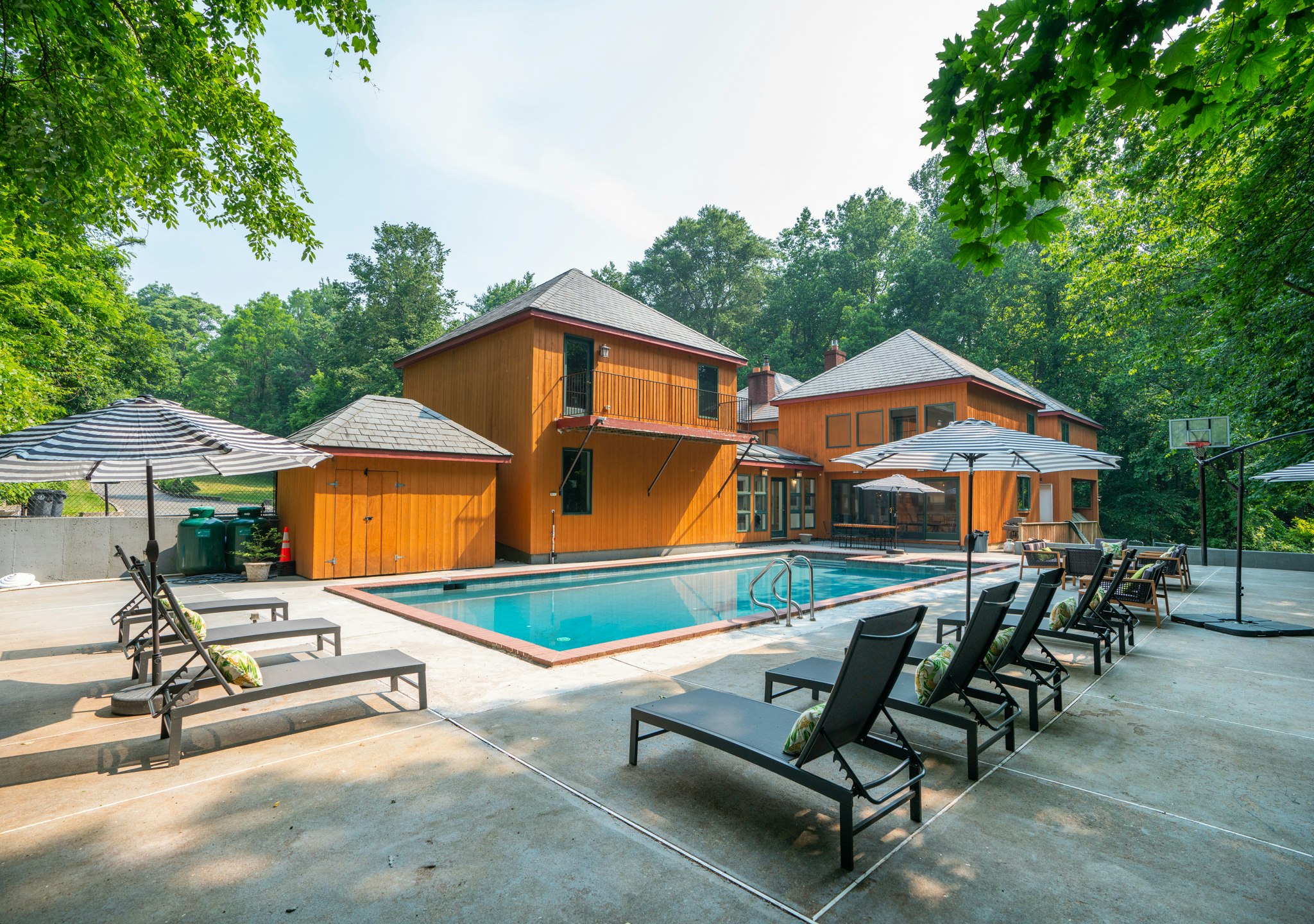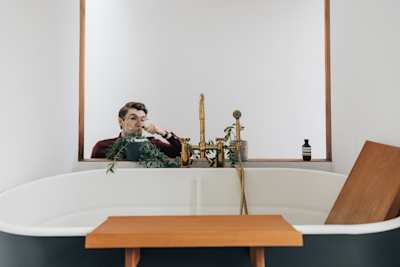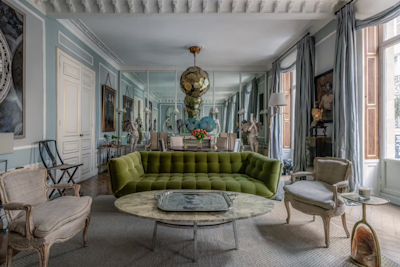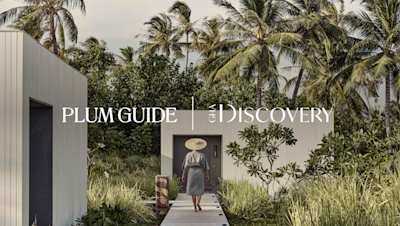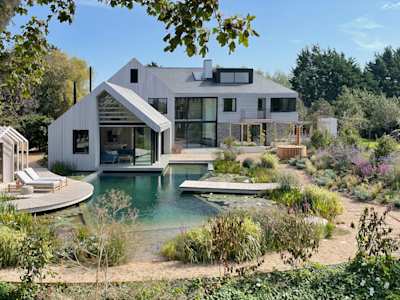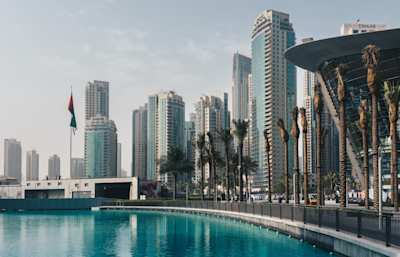Creative Conversations: Plum Guide meets Santiago Lastra
We talk about the importance of an open kitchen, the simple comforts of home and the blend of traditional and contemporary in design
~
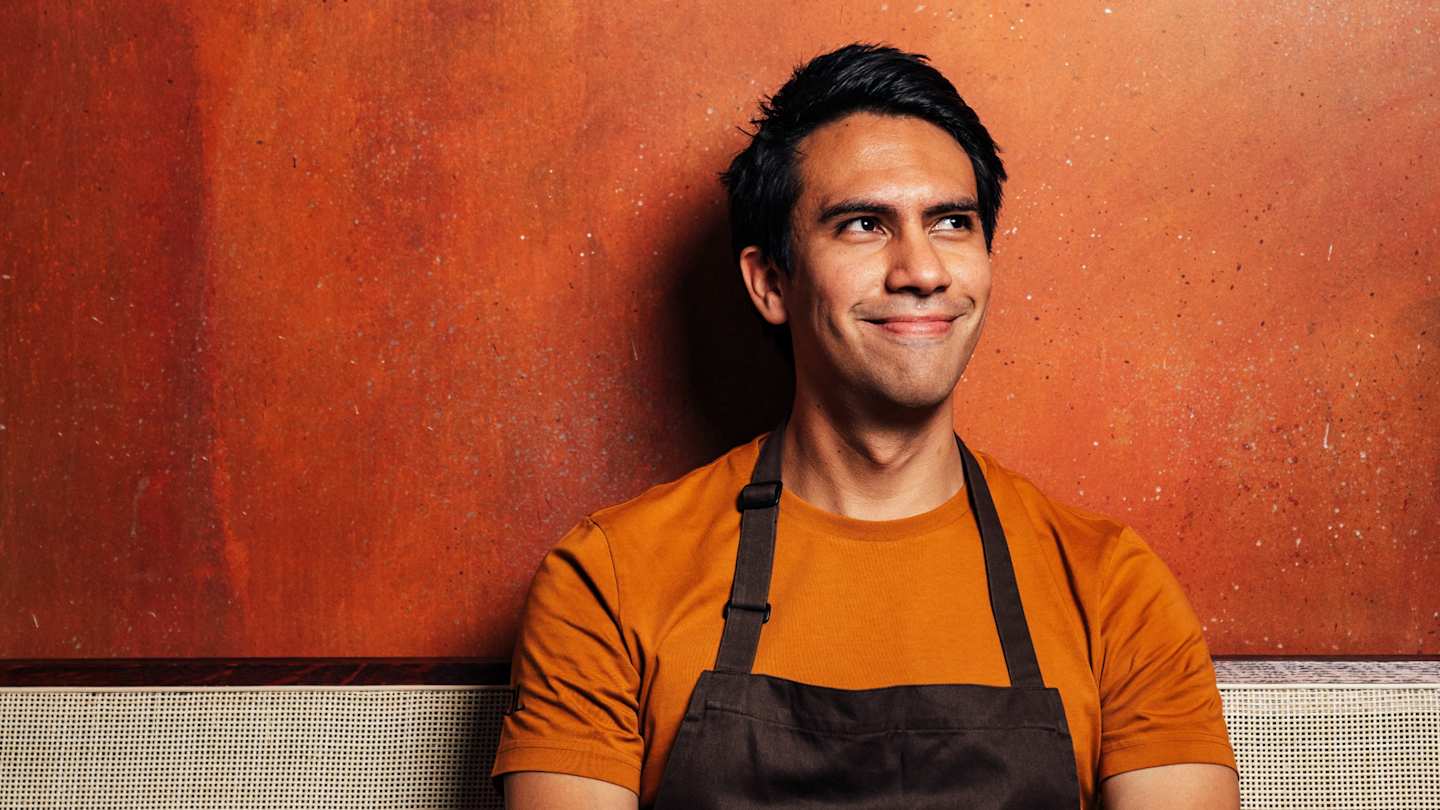
Plum Guide sits down with Santiago Lastra, the chef patron of Kol, to hear all about his restaurant's roots in Mexican culture, which London neighbourhoods he finds most inspiring and why Copenhagen is his home away from home thanks to its incredible food scene.
We’d love to hear more about your restaurant, Kol and its ethos
The concept of the restaurant is basically the idea of using the inspiration of Mexico and Mexican culture and applying that to British ingredients, as well as showcasing the seasonality of Britain. We want to represent how things that are normally undervalued can be special if you put them in the right contexts. That’s why Kol means cabbage in Spanish. That’s the idea.
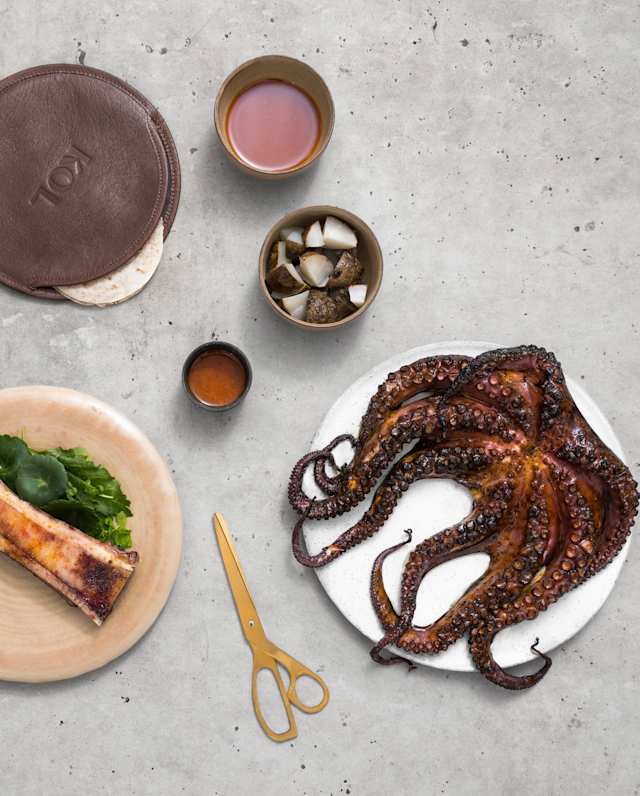
Kol is inspired by Mexican cuisine and culture, paired with the seasonality of British ingredients
Kol is like a home. If I could dream of having a big house in Central London it would look like that, with a big kitchen in the centre of the dining room and warm colours, and then the bar downstairs. It’s like a big house where we invite people over to eat every day.
Kol’s open kitchen is very much a central part of the restaurant – how do you think that contributes to the dining experience?
The idea is to have more of a connection between the diners and the chefs. If you go to someone’s house, you might have a bit more of an interaction with the hosts, the people who have invited you over to their house. Sometimes, you lose that connection in a restaurant by having the kitchen in the basement, cooking something there and putting it in an elevator, which is why I didn't want that to happen. We wanted to have this connection between the guests and the chefs and some sort of transparency around what is going on.
On the other hand, as well, when you go to eat somewhere in Mexico you'll basically have an open kitchen. When you go to eat traditional Mexican food, the food will be cooked in people’s homes but then the kitchen will be next to the car parking, where they will have this open fire. Because there's no obstruction, it will be right next to where you’re eating, so you’re always watching and experiencing who's cooking for you. That is also the same in the markets. When you go anywhere in Mexico and you eat traditional food, you'll always see who is cooking for you. That’s a big part of the culture, and it makes sense.
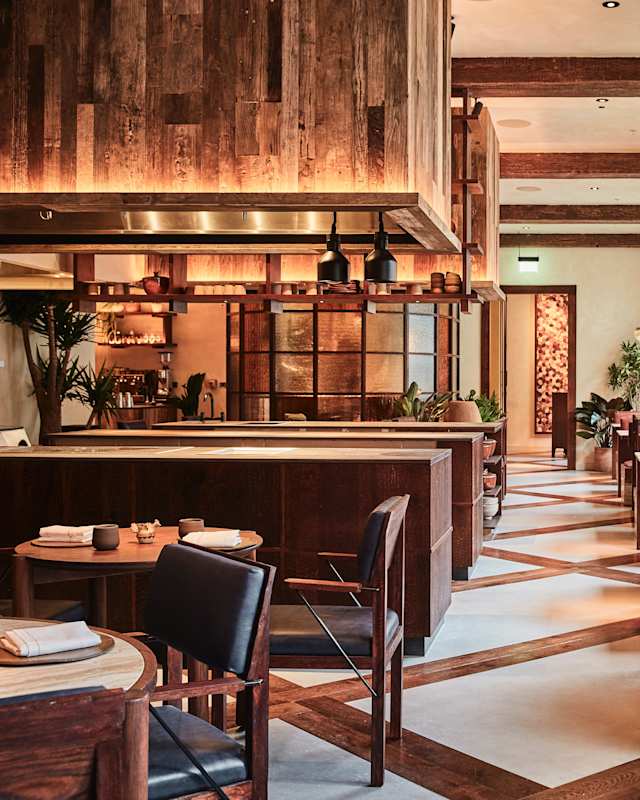
The open kitchen is a central part of the dining experience at Kol
Since opening Kol, what is the most interesting thing you’ve learned?
The value of patience. All my life, I’ve wanted to have everything really fast and to rush things, to run before I could walk. Moving here and opening this restaurant has really taught me about patience, about really waiting. It’s been a long process. Not only after I opened the restaurant, but before: planning, finding investment, developing the concept and picking the site, everything. Things are more complicated and they take more time than you actually think. And when you then open, it's also a learning process for the staff...for people to understand what you want to do and for you to understand what you want to achieve as an end result of the experience. And that has really needed patience.
Then, the value of being innocent. Innocence is not ignorance, but innocence is really powerful as well. To not think that things are as complicated or as impossible as you might figure out that they are later. When you think like that, you can make whatever you want in this world. So they are some of my learnings.
Through your journey as a chef, you’ve travelled to a lot of places around the world. Do you have a favourite destination for its food?
I have a few places. One of them is Copenhagen which I love. I lived there for four years. The attention-to-detail of the food, the creativity, the flavours, the people in the restaurants and the community around them is just incredible. It’s one of my favourite places for going to several restaurants. Also, San Sebastián in Spain’s Basque Country. It’s that same thing – I lived there for a couple of years and every time I go it's a surprise and super inspiring. And obviously Mexico City – it’s another really exciting place to go. But there are so many places...
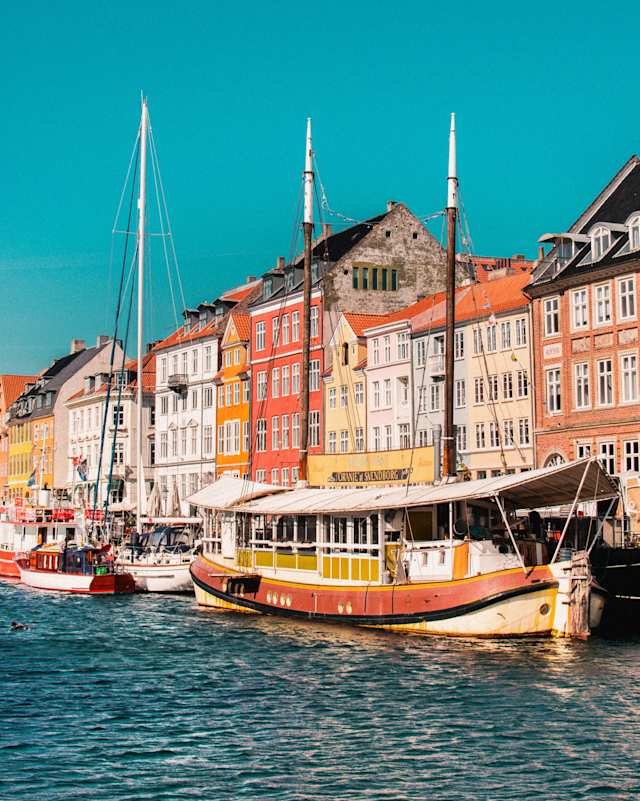
Copenhagen is one of Santiago's top destinations for its food scene
What do you love most about London’s food scene?
I love the multiculturality of it. The fact that you can try amazing Indian food, or Taiwanese food, or Mexican food on literally the same road. That is incredible – it’s something that the people who live here can have every day but, for me, it’s so unusual. In Mexico City, it’s really complicated to have high-quality international food. I’ve never lived in a place that has so many cultures within such high-quality restaurants. I also love the community of chefs and restaurateurs here. They’re all really passionate about what they do and there’s such a great group of people in the industry. People in London are my favourite guests too, because of the fact it’s so multicultural – it makes you open up to different flavours and experiences, and that’s what makes it really magical.
Tell us the story behind a favourite item in your home
I have a pestle and mortar which I bought in Mexico. It’s a big one and I love it because it means I don’t have to use a blender – for sauces, it takes me two to three minutes. It looks beautiful too, like part of the decoration. It’s made with black volcanic rocks and it’s called a molcajete. During lockdown I was actually using it for everything. I love my molcajete...and my couch!
What makes a house a home, to you?
A spot where you can feel relaxed and comfortable. Where you can make some tea, read a book that you like, sit on the couch... I love plants as well – they make you feel like you’re amongst nature. Another thing that I think makes a house a home is artefacts that you buy on your travels. I really like it when other people have them around their houses and they say ‘Oh I got that when I went to Egypt...or Japan...or Mexico’. So, the mixture of a really comfortable place where you can sit and read or drink, plants and artefacts – with that, you can’t get it wrong.
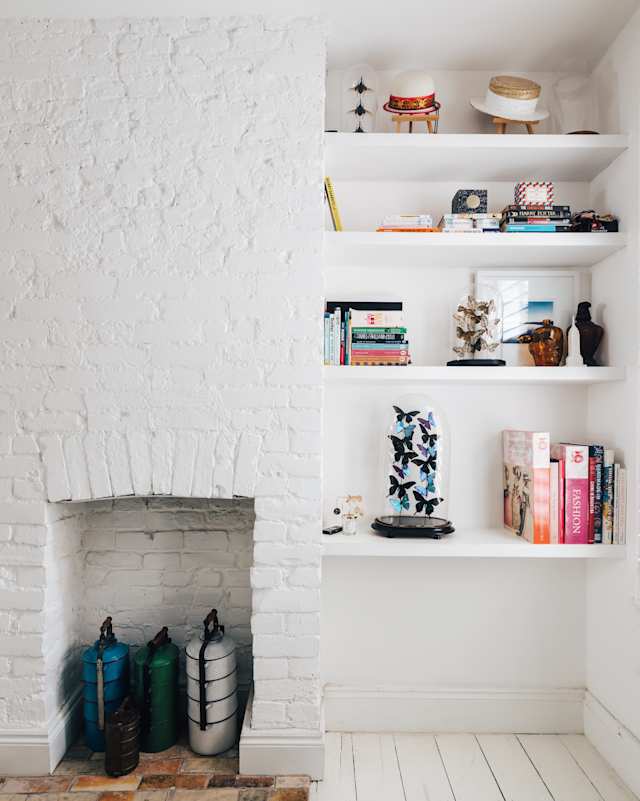
Items from past travels bring a home to life for Santiago
Where is your home away from home?
My second home at the moment is in Copenhagen. When I go there, I stay with one of my best friends and we cook and chill out together. Or if not, obviously Mexico, when I go to my Mum’s house in Cuernavaca. It always has amazing weather, it’s always like spring and it’s beautiful.
Who or what do you consider to be an arbiter of style?
Marylebone. I remember getting off the underground and walking around Baker Street and just walking around the streets with all of the bricks. It was the first place I visited in London and it just really touched me and made me want to be here. I also love Bermondsey. I like this idea of the bricks, fog and rain in London. It’s really inspiring for me.
For the Plum Guide ‘Perfect Stay’ home test, we collaborate with experts from different fields — from psychologists and hospitality experts to architects and interior designers — to identify the ingredients a holiday home needs in order to deliver a perfect stay. If you were designing a test or set of criteria for the perfect holiday home, what ingredient(s) would you specify as essential for the perfect stay?
I’m literally not a beach person so I’d go to a place in the mountains which would be quite modern but with lots of organic materials. What I really like about design is the mixture between traditional and hand-crafted, organic pieces but with a modern twist.
It would be a place that has lots of wood, so maybe everything would be made of walnut. And then a view – one of the walls would be glass so you could see the forest or the sunset from there. It would also have a big, open kitchen made of wood with beautiful convection ovens, inductions, and a chimney where you can cook.
I would like to have a couple of rugs around with colours. I like quite abstract art on the walls, also with a little bit of colour...but not too much. Then, a garden outside to have breakfast underneath lots of fruit trees. A champagne fridge, or a wine fridge with all the wines you need in the mountains. You definitely need a wine fridge! In the bathroom, I love those bathtubs that are made of copper – they look amazing – as well as things that are made with clay, like a raw clay hand wash dispenser. And obviously I would love to have amazing food in the fridge for me to cook.
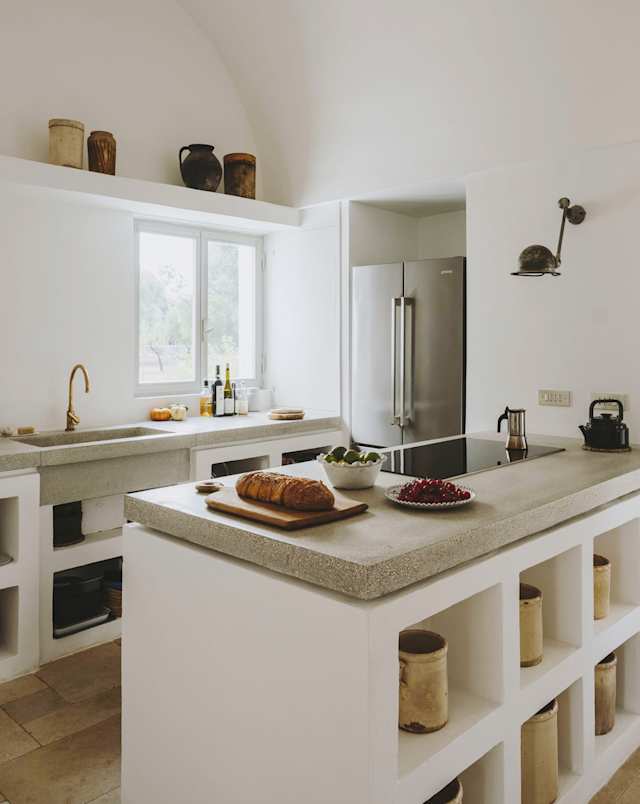
For Santiago, the blend of traditional and contemporary is an important design feature when considering the perfect holiday home
To find out more about Santiago and his restaurant, head to Kol's website or Instagram.
